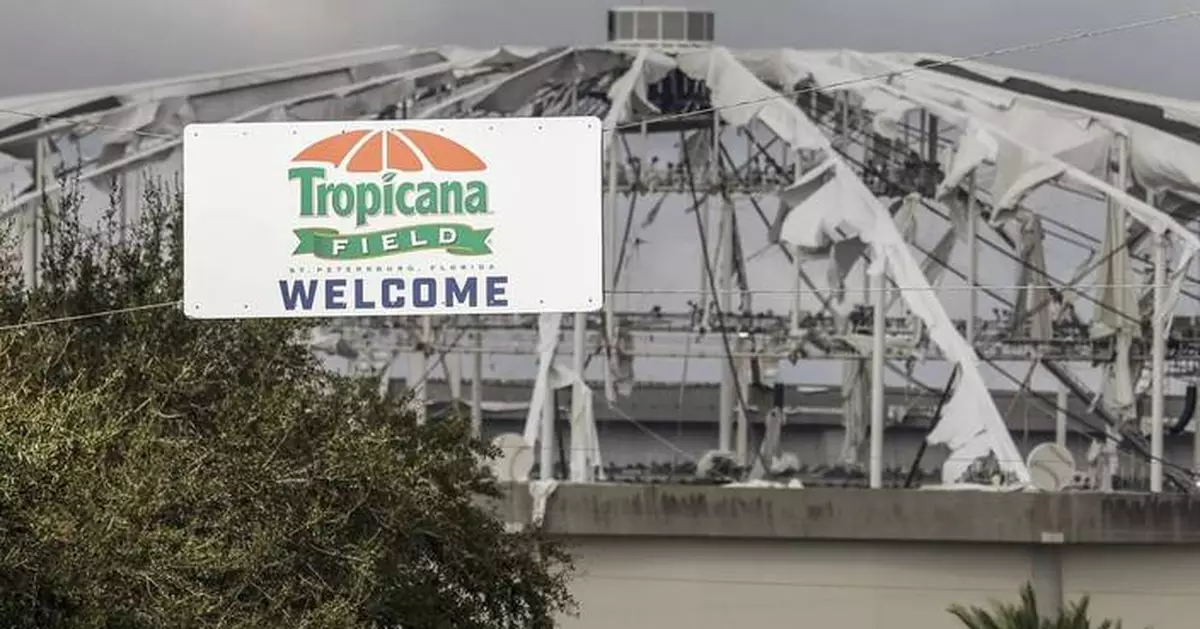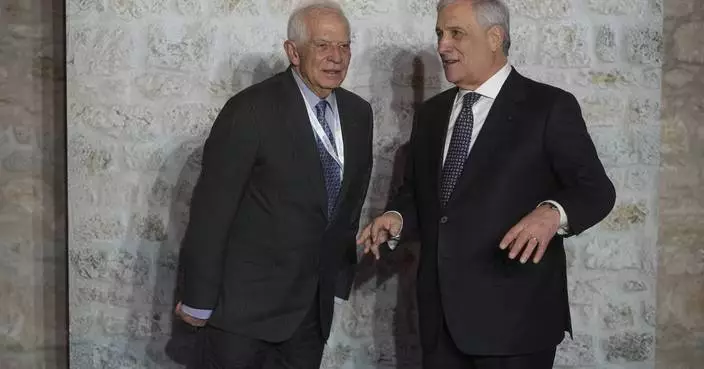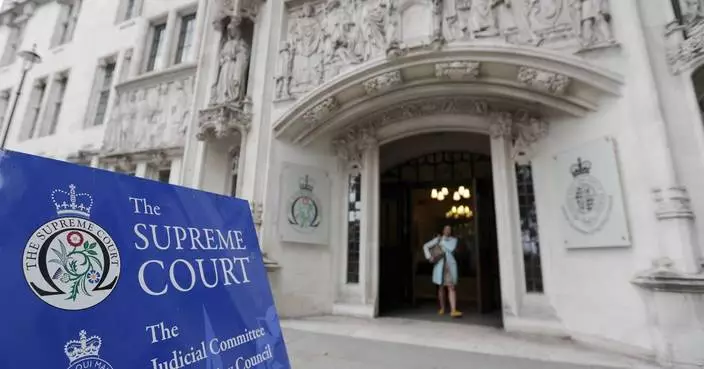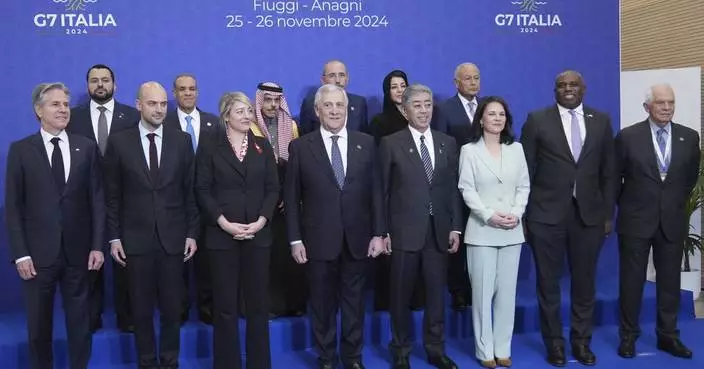ST. PETERSBURG, Fla. (AP) — The Tampa Bay Rays should declare in writing whether they want to pursue an existing financing plan for a new $1.3 billion ballpark or walk away from the deal, a top county official says.
Kathleen Peters, chair of the Pinellas County Commission, said in a letter to top Rays executives that the county needs to know by Sunday “whether you intend to see it come to fruition” before the commission votes Dec. 17 on bonds to raise its share of the ballpark cost.
The letter came after the Rays said the plan was in jeopardy because a planned Oct. 29 vote on the bonds was delayed. The St. Petersburg City Council also delayed a vote on its share of the stadium financing bonds.
A complicating factor is the severe, costly damage done to Tropicana Field's roof by Hurricane Milton that has made it unusable.
“Pinellas County has operated in good faith, working toward the stadium deal while balancing the needs of our community after back-to-back hurricanes,” Peters wrote. “If the Rays want out of this agreement, it is your right to terminate the partnership. Clear communication about your intentions will be critical to the next steps in this partnership.”
Brian Auld, the Rays co-president, said in a statement Tuesday that the team is not giving up.
“We are eager to work with all partners on a solution for the 2029 season that keeps Major League Baseball in Tampa Bay for generations to come,” Auld said. “As we always have, we will maintain contact with the city and county as we navigate our future.”
The $1.3 billion, 30,000-seat stadium would be the first piece of a broader downtown renovation project known as the Historic Gas Plant District, named for a predominantly Black community that was moved out for Tropicana Field and a highway spur. It would include hotel, retail and restaurant space, affordable housing, a Black history museum and other development.
Under the stadium deal, the city and county would put up about half the cost, with the Rays covering the rest including any cost overruns. Both governments approved the overall $6.5 billion stadium and renovation project earlier this year but not the bonds to finance the ballpark.
Because of the hurricane damage to the Trop, the Rays inked a deal to play the 2025 season at Tampa's 11,000-seat Steinbrenner Field, spring training home of the New York Yankees. St. Petersburg officials estimate the cost of repairing the Trop at about $55.7 million with a goal of having it ready for the 2026 season — and there are some doubts about that timeline's feasibility.
Peters, the county commission chair, said in her letter there is still time for the current ballpark deal to move forward with passage of the financing bonds. She said the deadline to offer the bonds is March 31 and that the county does not consider the deal dead.
The city and county, Peters added, cannot terminate the agreement unless the new ballpark is not completed by Feb. 1, 2030.
AP MLB: https://apnews.com/MLB
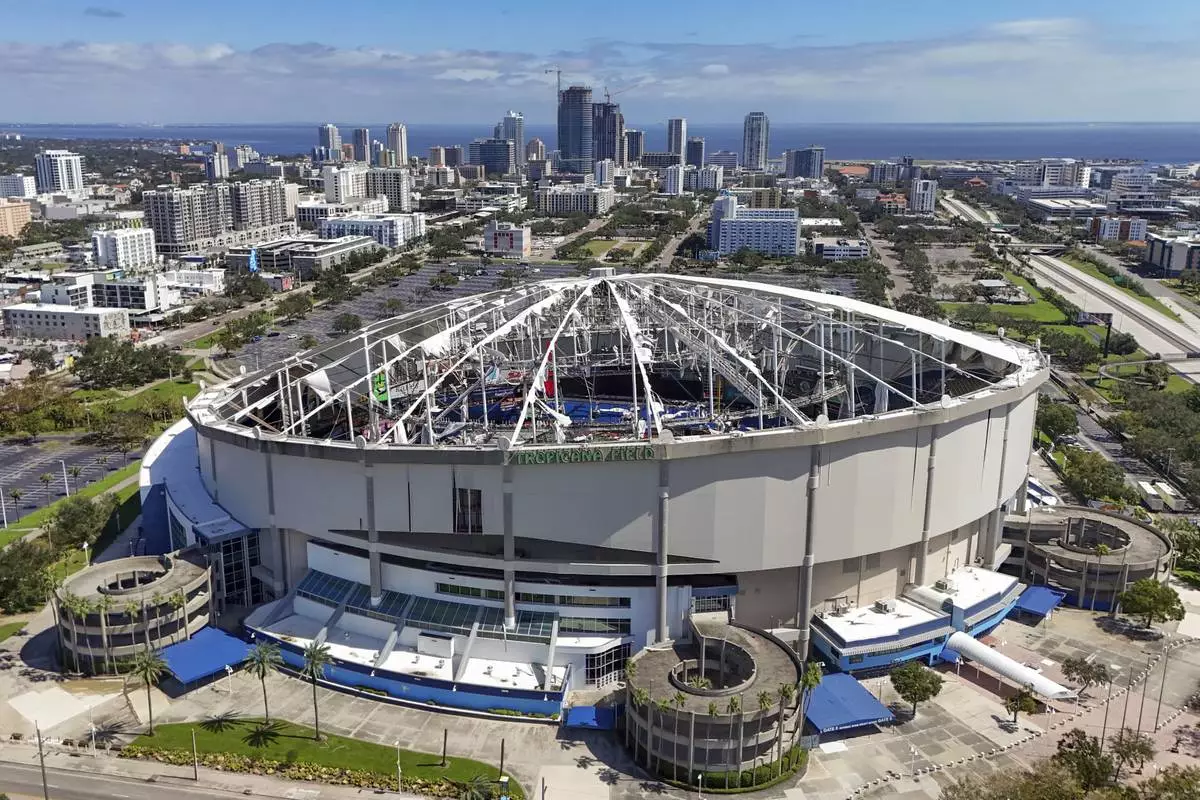
FILE - The roof of the Tropicana Field is damaged the morning after Hurricane Milton hit the region, Oct. 10, 2024, in St. Petersburg, Fla. (AP Photo/Mike Carlson, File)
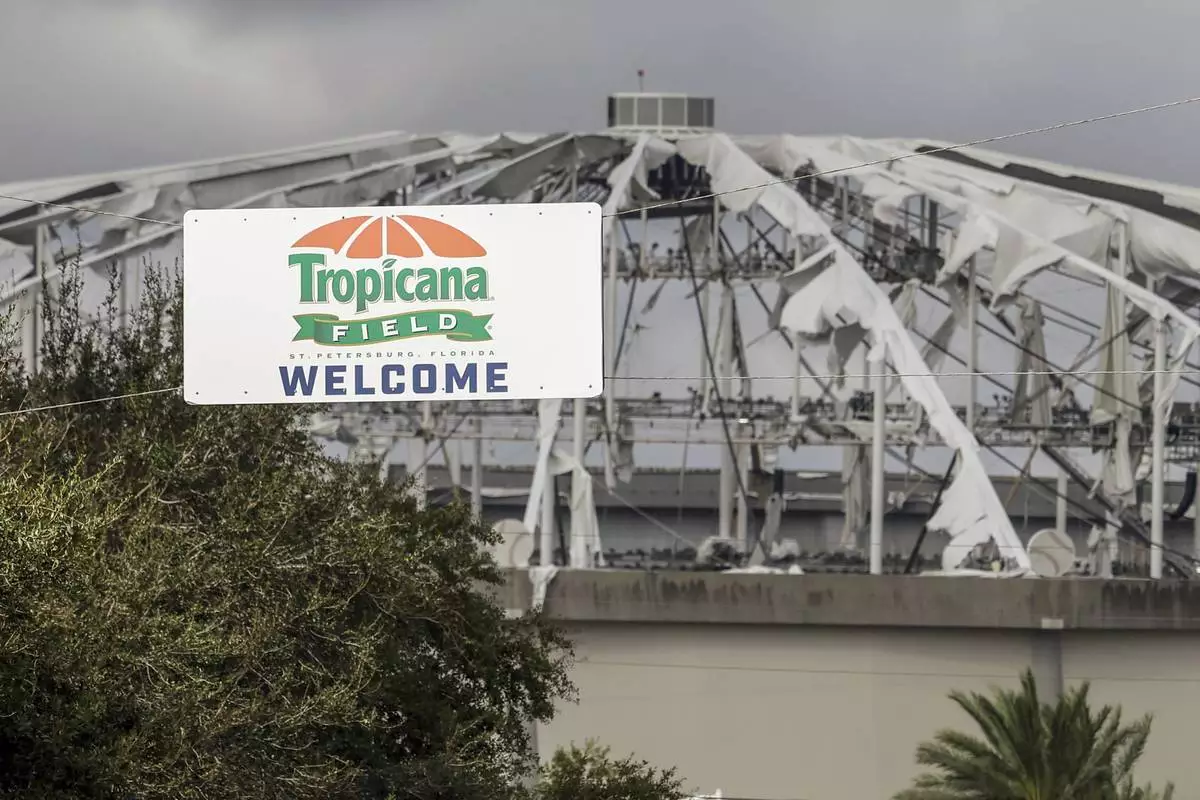
FILE - Signage at the entrance to the parking lot of Tropicana Field where the roof was torn off during Hurricane Milton on Thursday, Oct. 10, 2024, in St. Petersburg, Fla. (AP Photo/Mike Carlson, File)
WASHINGTON (AP) — President-elect Donald Trump has identified what he sees as an all-purpose fix for what ails America: Slap huge new tariffs on foreign goods entering the United States.
On Monday, Trump sent shockwaves across the nation's northern and southern borders, vowing sweeping new tariffs on Mexico, Canada, as well as China, as soon as he takes office as part of his effort to crack down on illegal immigration and drugs.
In a pair of posts on his Truth Social site Trump railed against an influx of immigrants lacking permanent legal status, even though southern border apprehensions have been hovering near four-year lows.
He said he would impose a 25% tax on all products entering the country from Canada and Mexico, and an additional 10% tariff on goods from China, as one of his first executive orders.
He said the new tariffs would remain in place “until such time as Drugs, in particular Fentanyl, and all Illegal Aliens stop this Invasion of our Country!”
The president-elect asserts that tariffs — basically import taxes — will create more factory jobs, shrink the federal deficit, lower food prices and allow the government to subsidize childcare.
Economists are generally skeptical, considering tariffs to be a mostly inefficient way for governments to raise money. They are especially alarmed by Trump’s latest proposed tariffs.
Carl B. Weinberg and Rubeela Farooqi, economists with High Frequency Economics said Tuesday that energy, automobiles and food supplies will be particularly hit hard.
“Imposing tariffs on trade flows into the United States without first preparing alternative sources for the goods and services affected will raise the price of imported items at once," Weinberg and Farooqi wrote. "Since many of these goods are consumer goods, households will be made poorer.”
High Frequency Economics believes the threats are not meant to support new trade policy and are instead a tool to elicit some changes along the borders and for imports from Canada, Mexico and China.
Though Vice President Kamala Harris criticized Trump’s tariff threats as unserious during her failed bid for the presidency, the Biden-Harris administration retained the taxes the Trump administration imposed on $360 billion in Chinese goods. And it imposed a 100% tariff on Chinese electric vehicles.
Indeed, the United States in recent years has gradually retreated from its post-World War II role of promoting global free trade and lower tariffs. That shift has been a response to the loss of U.S. manufacturing jobs, widely attributed to unfettered trade and an increasingly aggressive China.
They are typically charged as a percentage of the price a buyer pays a foreign seller. In the United States, tariffs are collected by Customs and Border Protection agents at 328 ports of entry across the country.
The tariff rates range from passenger cars (2.5%) to golf shoes (6%). Tariffs can be lower for countries with which the United States has trade agreements. For example, most goods can move among the United States, Mexico and Canada tariff-free because of Trump’s US-Mexico-Canada trade agreement.
Trump insists that tariffs are paid for by foreign countries. In fact, its is importers — American companies — that pay tariffs, and the money goes to U.S. Treasury. Those companies, in turn, typically pass their higher costs on to their customers in the form of higher prices. That's why economists say consumers usually end up footing the bill for tariffs.
Still, tariffs can hurt foreign countries by making their products pricier and harder to sell abroad. Yang Zhou, an economist at Shanghai’s Fudan University, concluded in a study that Trump’s tariffs on Chinese goods inflicted more than three times as much damage to the Chinese economy as they did to the U.S. economy
By raising the price of imports, tariffs can protect home-grown manufacturers. They may also serve to punish foreign countries for committing unfair trade practices, like subsidizing their exporters or dumping products at unfairly low prices.
Before the federal income tax was established in 1913, tariffs were a major revenue driver for the government. From 1790 to 1860, tariffs accounted for 90% of federal revenue, according to Douglas Irwin, a Dartmouth College economist who has studied the history of trade policy.
Tariffs fell out of favor as global trade grew after World War II. The government needed vastly bigger revenue streams to finance its operations.
In the fiscal year that ended Sept. 30, the government is expected to collect $81.4 billion in tariffs and fees. That's a trifle next to the $2.5 trillion that's expected to come from individual income taxes and the $1.7 trillion from Social Security and Medicare taxes.
Still, Trump wants to enact a budget policy that resembles what was in place in the 19th century.
He has argued that tariffs on farm imports could lower food prices by aiding America’s farmers. In fact, tariffs on imported food products would almost certainly send grocery prices up by reducing choices for consumers and competition for American producers.
Tariffs can also be used to pressure other countries on issues that may or may not be related to trade. In 2019, for example, Trump used the threat of tariffs as leverage to persuade Mexico to crack down on waves of Central American migrants crossing Mexican territory on their way to the United States.
Trump even sees tariffs as a way to prevent wars.
“I can do it with a phone call,’’ he said at an August rally in North Carolina.
If another country tries to start a war, he said he’d issue a threat:
“We’re going to charge you 100% tariffs. And all of a sudden, the president or prime minister or dictator or whoever the hell is running the country says to me, ‘Sir, we won’t go to war.’ ”
Tariffs raise costs for companies and consumers that rely on imports. They're also likely to provoke retaliation.
The European Union, for example, punched back against Trump’s tariffs on steel and aluminum by taxing U.S. products, from bourbon to Harley-Davidson motorcycles. Likewise, China responded to Trump’s trade war by slapping tariffs on American goods, including soybeans and pork in a calculated drive to hurt his supporters in farm country.
A study by economists at the Massachusetts Institute of Technology, the University of Zurich, Harvard and the World Bank concluded that Trump’s tariffs failed to restore jobs to the American heartland. The tariffs “neither raised nor lowered U.S. employment’’ where they were supposed to protect jobs, the study found.
Despite Trump’s 2018 taxes on imported steel, for example, the number of jobs at U.S. steel plants barely budged: They remained right around 140,000. By comparison, Walmart alone employs 1.6 million people in the United States.
Worse, the retaliatory taxes imposed by China and other nations on U.S. goods had “negative employment impacts,’’ especially for farmers, the study found. These retaliatory tariffs were only partly offset by billions in government aid that Trump doled out to farmers. The Trump tariffs also damaged companies that relied on targeted imports.
If Trump’s trade war fizzled as policy, though, it succeeded as politics. The study found that support for Trump and Republican congressional candidates rose in areas most exposed to the import tariffs — the industrial Midwest and manufacturing-heavy Southern states like North Carolina and Tennessee.
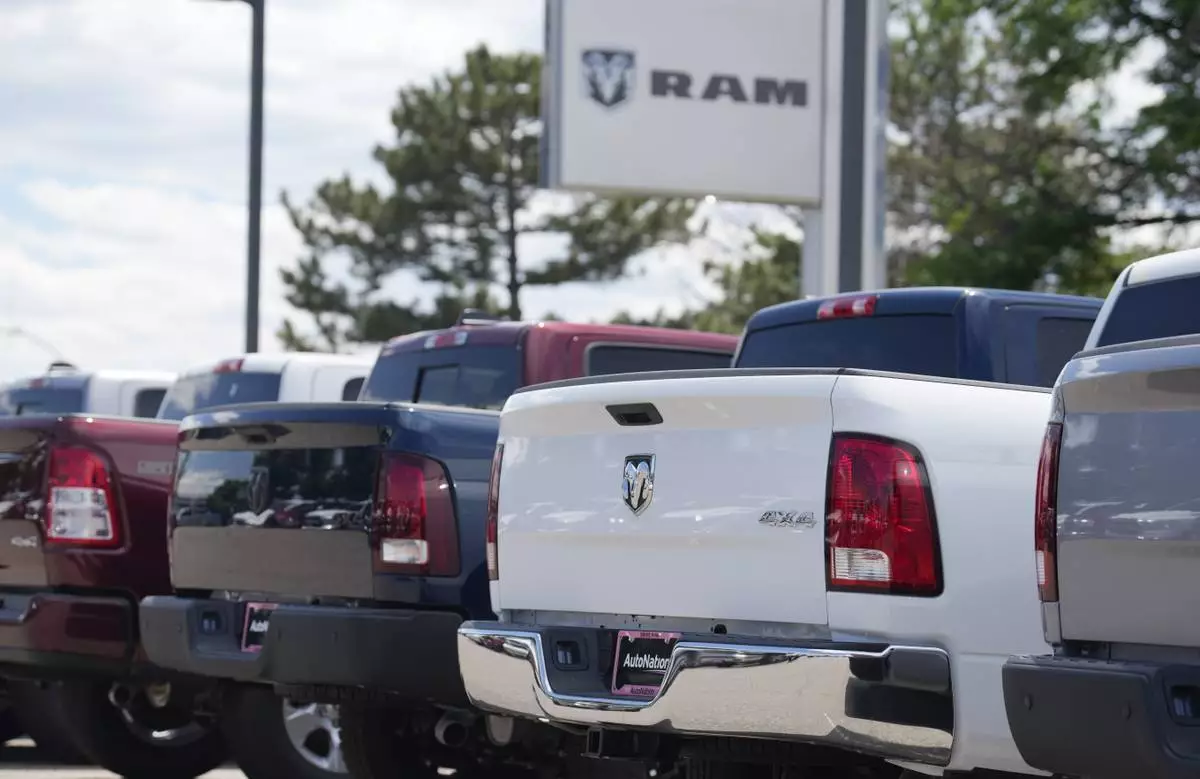
FILE - Unsold 2023 pickup trucks sit in a long row at a Ram dealership June 18, 2023, in Littleton, Colo. (AP Photo/David Zalubowski, File)
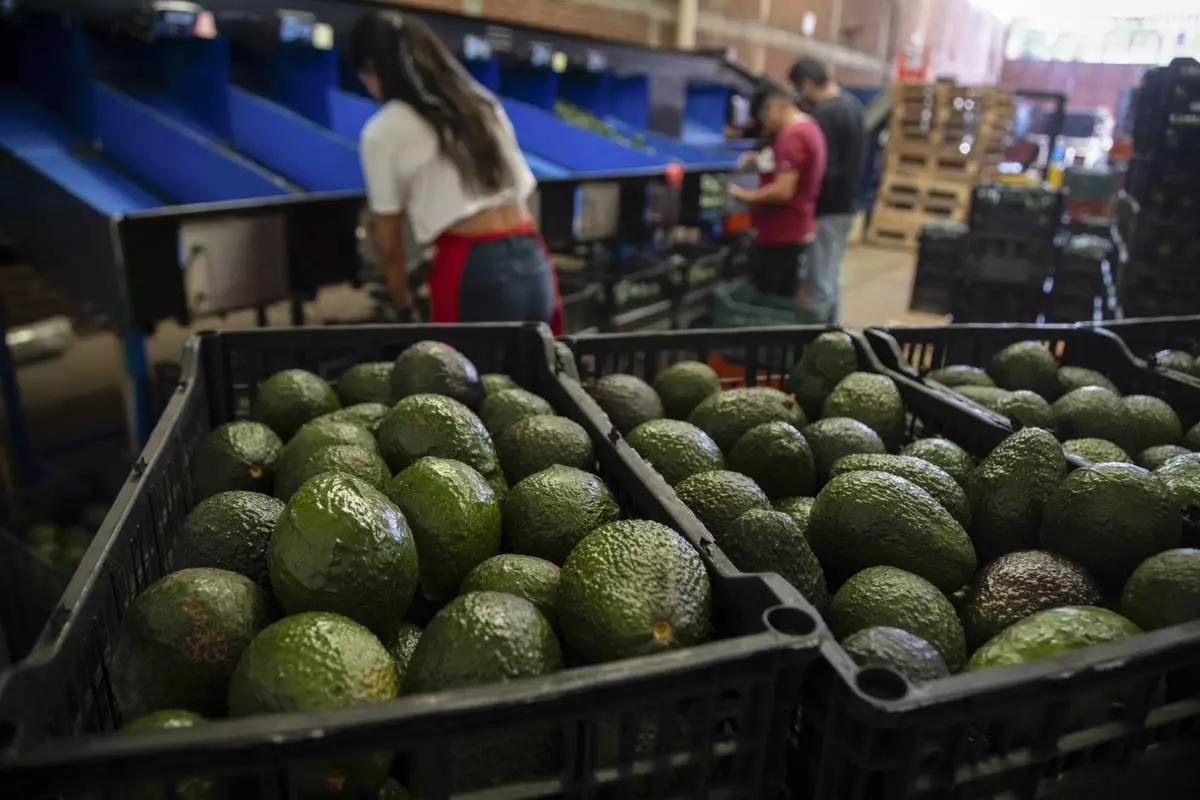
FILE - Avocados are stored in crates at a packing plant in Uruapan, Michoacan state, Mexico on Feb. 9, 2024. (AP Photo/Armando Solis, File)
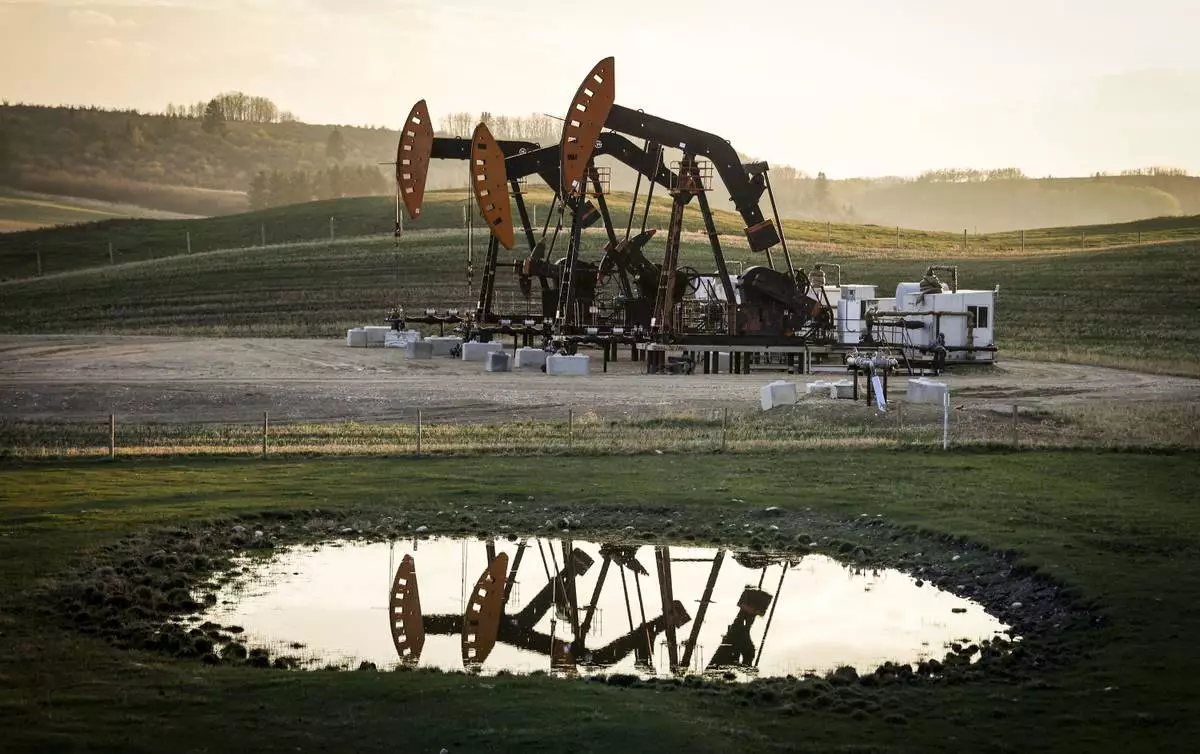
FILE - Pumpjacks draw out oil and gas from well heads as wildfire smoke hangs in the air near Calgary, Alberta, Sunday, May 12, 2024. (Jeff McIntosh/The Canadian Press via AP, File)
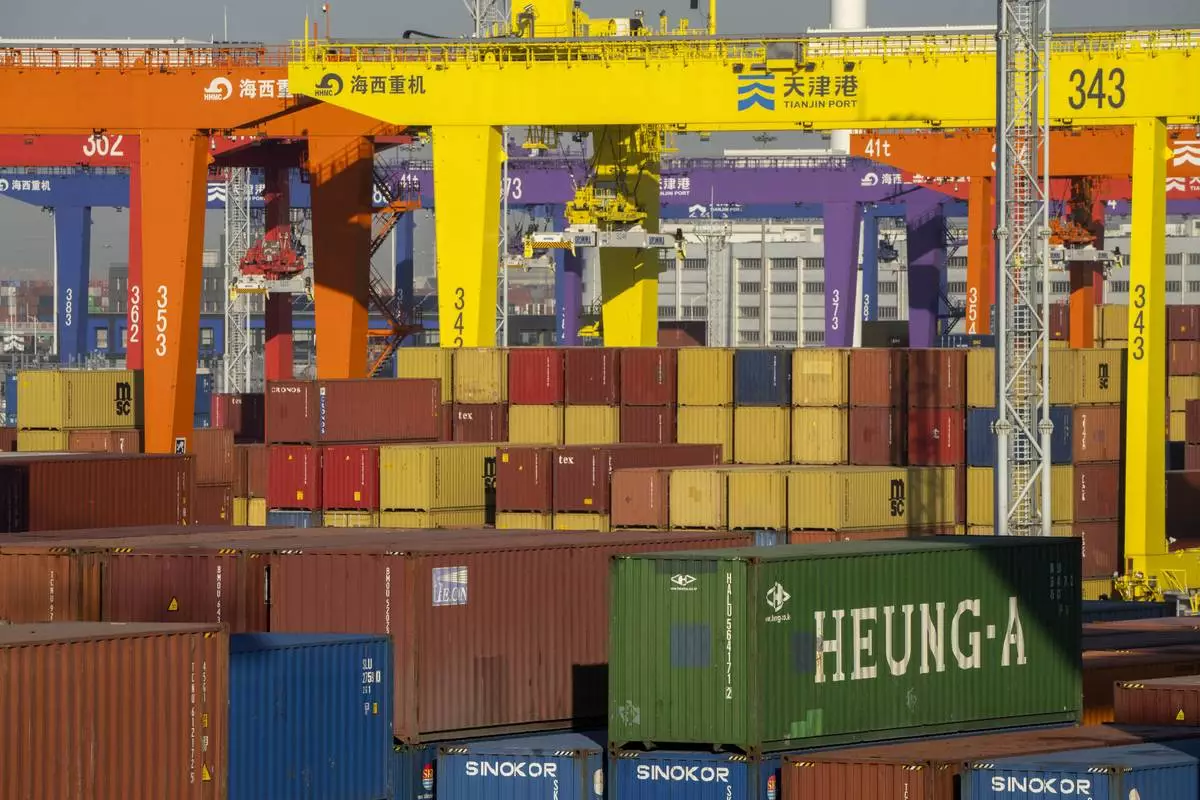
FILE - Shipping containers are stacked at a port in Tianjin, China, Jan. 16, 2023. (AP Photo/Mark Schiefelbein, File)
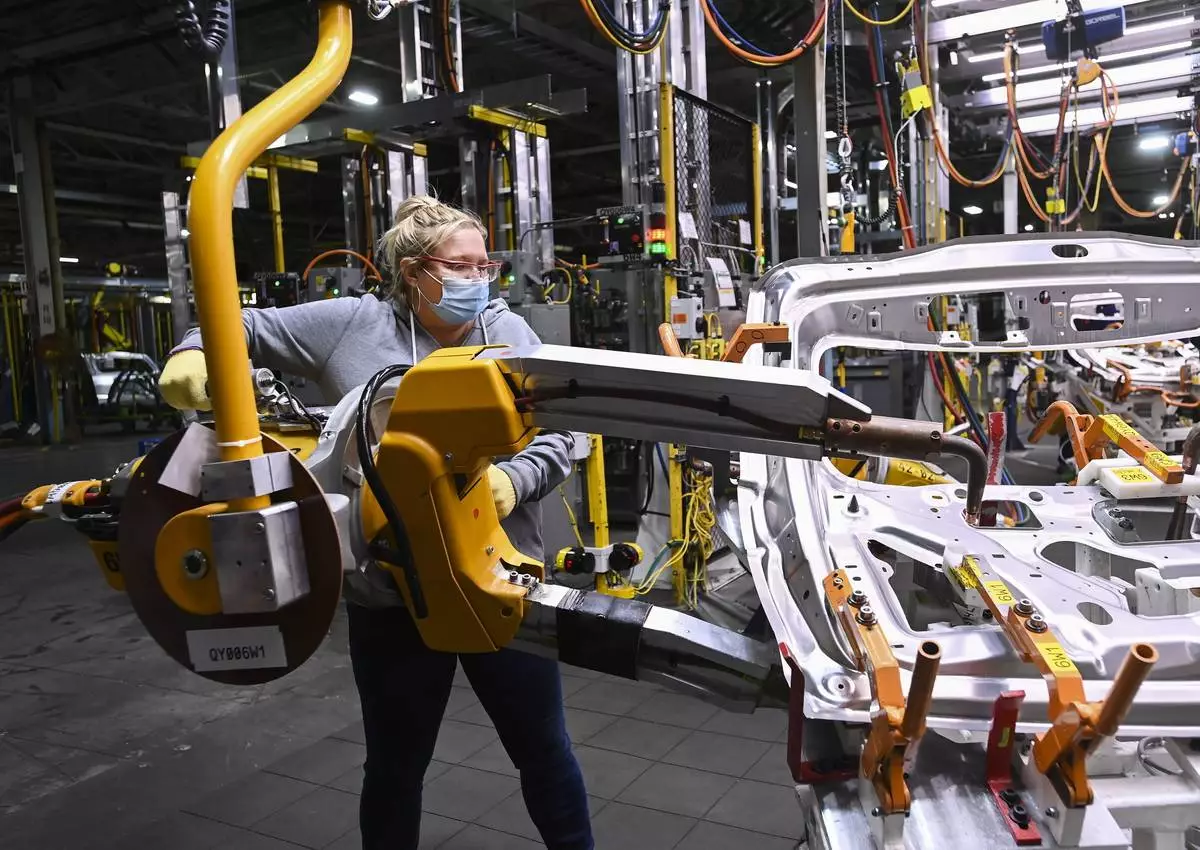
FILE - GM workers use human assistance automation to weld vehicle doors at the General Motors assembly plant during the COVID-19 pandemic in Oshawa, Ontario, March 19, 2021. (Nathan Denette/The Canadian Press via AP, File)
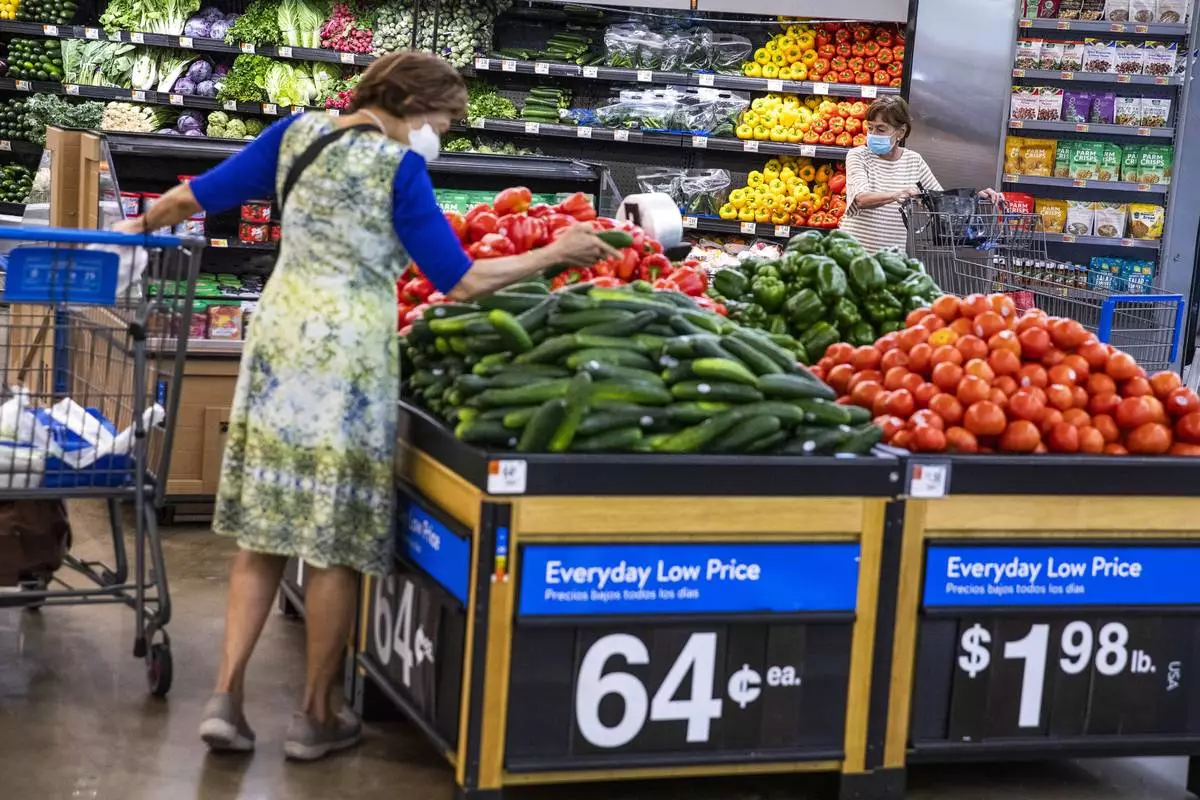
FILE - People buy groceries at a Walmart Superstore in Secaucus, New Jersey, July 11, 2024. (AP Photo/Eduardo Munoz Alvarez, File)




